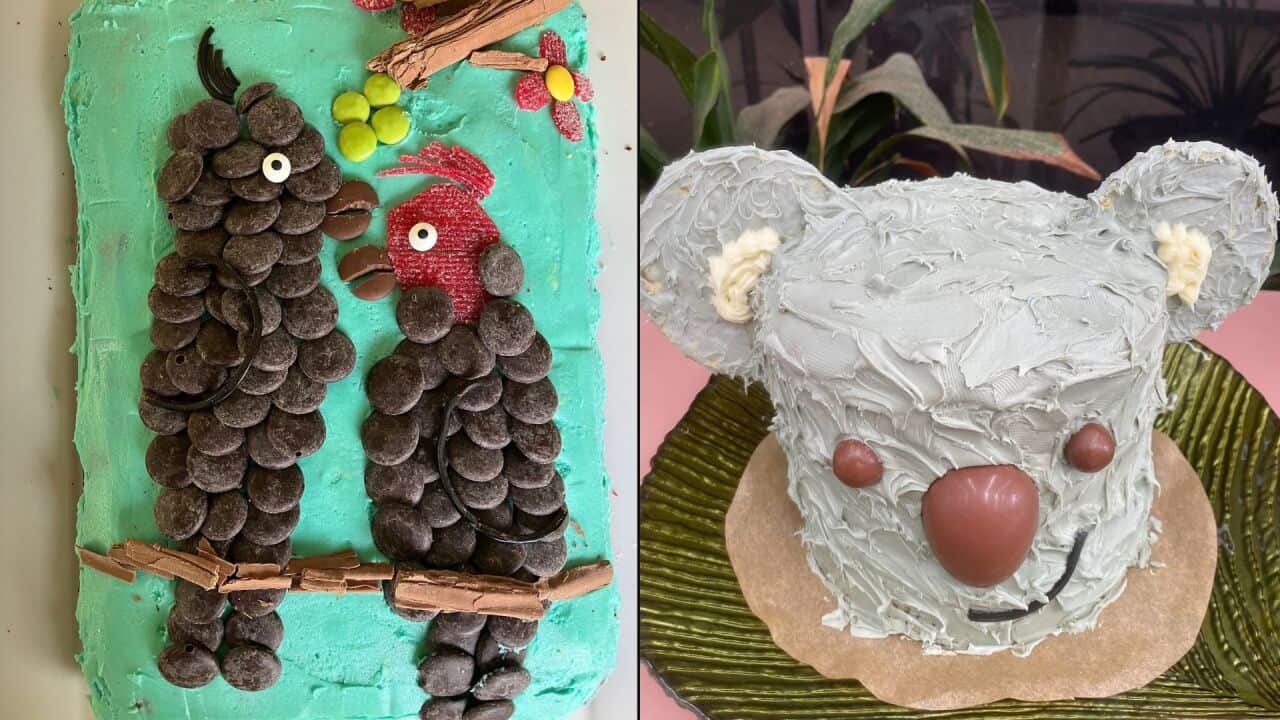KEY POINTS:
- Australia's native bilby population is endangered but numbers are on the rise.
- The population growth has been attributed to several factors, including generous rainfall across most of Australia.
- A joint plan between the federal and state governments will draw on First Nations knowledge to further protect the bilby.
The native bilby is often referred to as Australia's version of the Easter bunny, but its population is far smaller and more endangered than introduced rabbit species.
Nevertheless, conservationists say they've managed to double endangered bilby populations in just 12 months.
The Greater Bilby has reached a record population estimate of at least 3,315 among six protected areas, according to the latest Australian Wildlife Conservancy (AWC) Bilby Census.
This is more than double the 1,480 estimated individuals in 2022.
Once inhabiting two-thirds of Australia's land mass, bilby populations are now reduced to just 15 per cent, largely in Central Australia.
The population growth has been attributed to several factors, including generous rainfall across most of Australia that replenished the landscape and provided conditions for breeding.
Fencing and monitoring the animals has helped, as has the establishment of a new population under AWC care at Newhaven Wildlife Sanctuary.

Pictured: Aliesha Dodson, AWC Field Ecologist, releasing a Bilby into the sanctuary. Source: Supplied
“Re-establishing the species across its former range is important for maintaining long-term adaptive potential,” Dr Kanowski said.
“This decline represents the loss of our natural heritage, the loss of cultural heritage for Indigenous people, and the disruption of important ecological processes – for example, as ‘ecosystem engineers’, bilbies turn over several tonnes of soil per annum to create fertile pockets and perfect germination conditions for plants."
Ecologists say they were excited to come across several juveniles and babies during a December survey at Pilliga National Park in NSW, with 17 of 25 females captured carrying infants in their pouch.
Newhaven Wildlife Sanctuary has also recorded its first evidence of a baby being born on the site.
On Thursday Prime Minister Anthony Albanese revealed a plan to help further protect the Greater Bilby, which would draw on First Nations knowledge and involves management by traditional owners to remove feral species and repair bilby habitats.
The federal government will invest more than $5 million in bilby protection programs, with environment ministers in the Northern Territory and every mainland state except Victoria signing on to the plan.
Much of the work will take place in Central Australia, including fencing off areas where bilby populations can grow, free from feral species.
"These beautiful animals are Australia's answer to the Easter Bunny," Mr Albanese said.
"Unfortunately over the years bilby populations have shrunk considerably."
With additional reporting from AAP.











